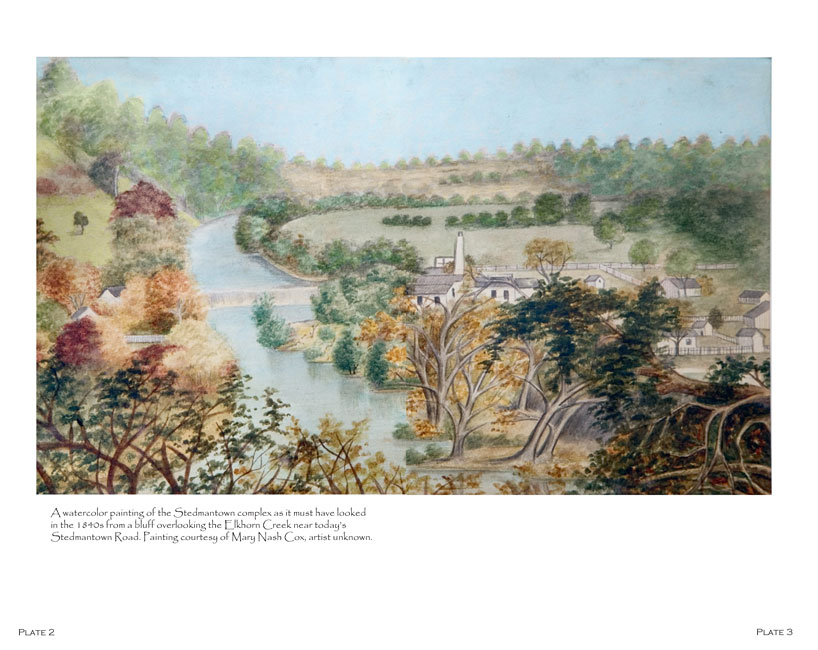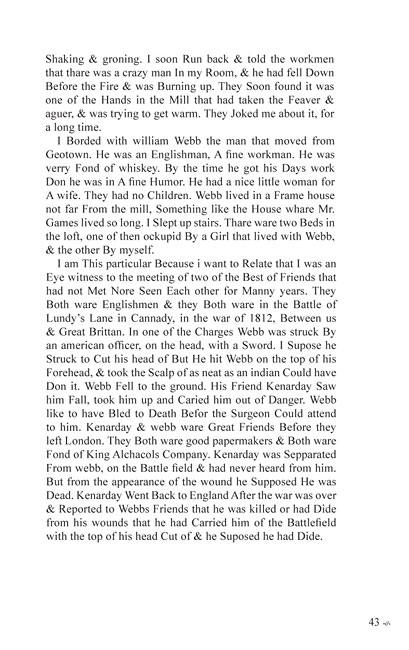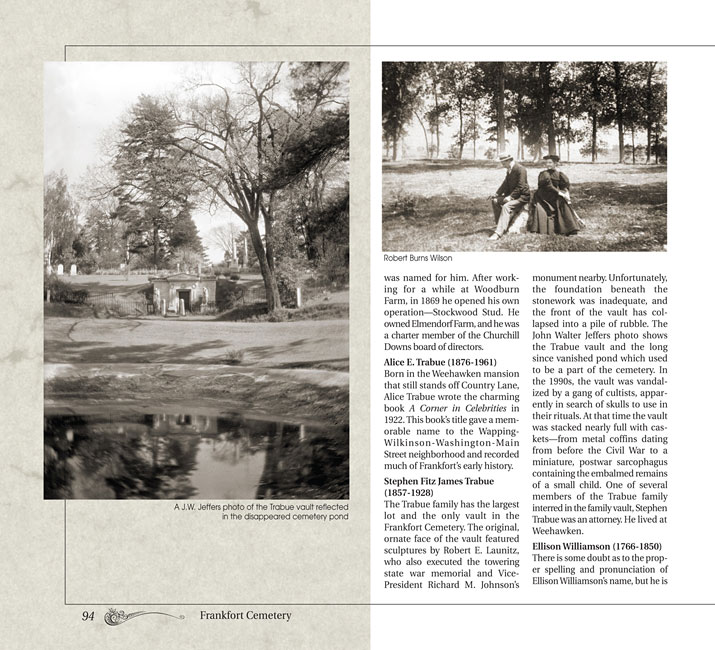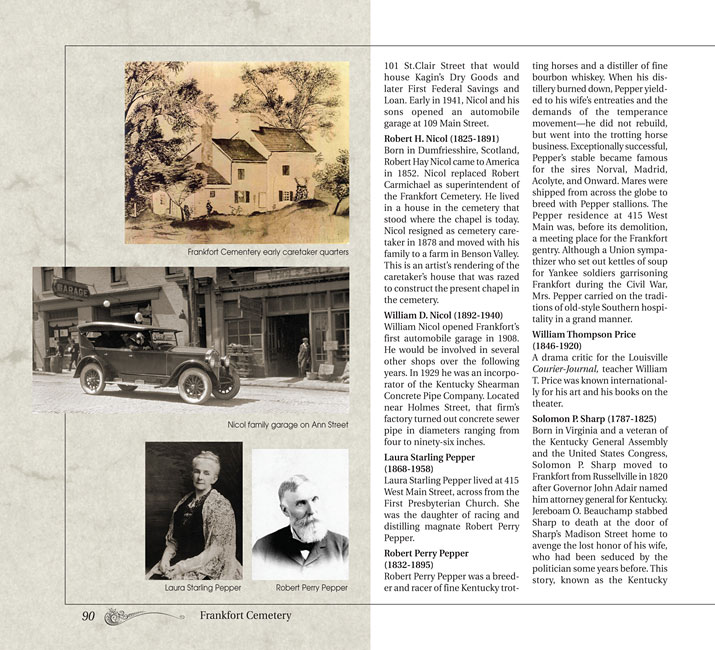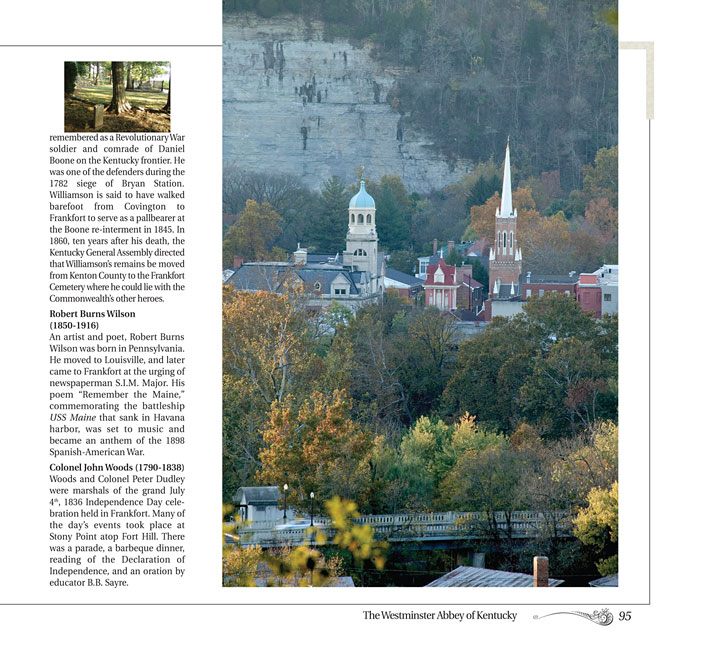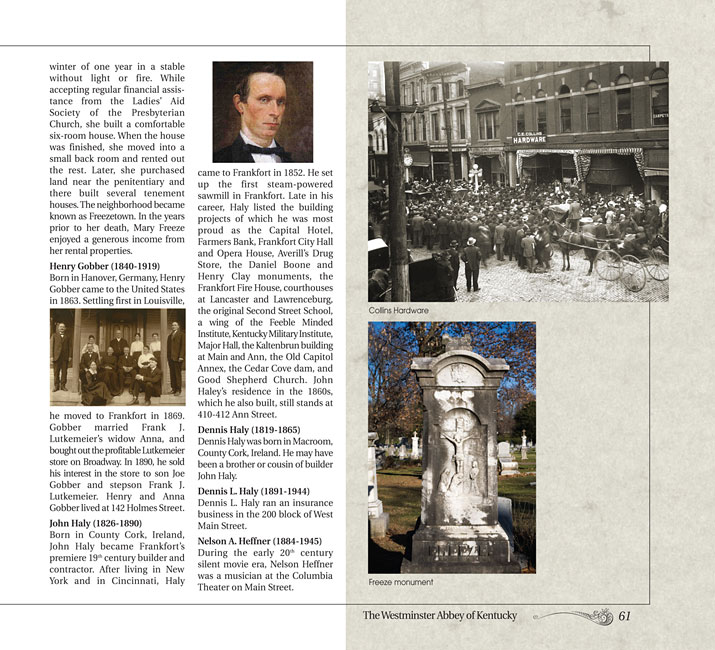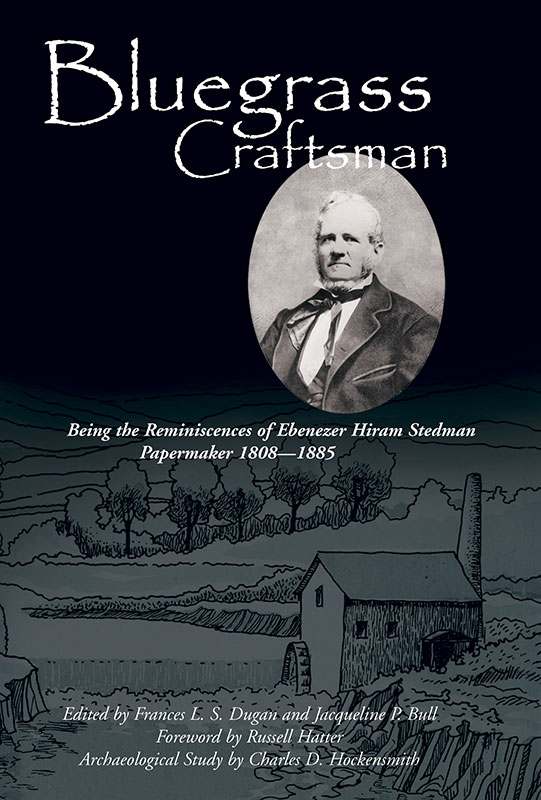
Introduction
EBENEZER HIRAM STEDMAN, whose lively reminiscences of antebellum Kentucky were written as a series of letters to his daughter, was one of the pioneer papermakers of the state. Son of a Yankee craftsman who brought his family to the Bluegrass early in the nineteenth century, Stedman gives a vivid picture of the life of the numerous and thriving middle class who sought opportunity in the expanding economy of the new West.
Though he had little formal education, Stedman had a lively intelligence and an engaging style. His unstudied descriptions of rivermen, hunters, tradespeople, craftsmen, and rural doctors, of celebrations, funerals, and court trials, provide a rare insight into the domestic and social life of a class little noticed in the traditional accounts of the period.
With no capital other than their own ambition, ingenuity, and boundless energy, the Stedman brothers established a papermaking community in Franklin County which ultimately supplied all of the paper for the state printer and much of the newsprint for the Frankfort pub-lishers. From the first ream of “Ropping paper” which Stedman produced by sal-vaging rags from the rats’ nests in an abandoned mill, their production rose to 150,000 reams of printing and wrapping paper per year, valued at $27,000.
Stedman’s accounts of his apprenticeship as a “lay boy” and of the laborious, involved schemes whereby he financed his first independent ventures illuminate the economic life of the craftsmen whose skills and resourcefulness helped civilize the western frontier. But despite incredible hardships and misfortunes, Stedman remained buoyantly optimistic–an out-look largely justified, although the Civil War finally bankrupted his enterprise.
The vivid detail of Stedman’s personal experiences is supplemented by a more formal account of early Kentucky papermaking, in a short history of the industry which he wrote for the Frankfort Kentucky Yeoman. This second manuscript, included as an appendix to this volume, was based largely on hearsay but appears to be surprisingly accurate and to offer valuable source material for the economic history of the state.
Two-Page Spread Sample
